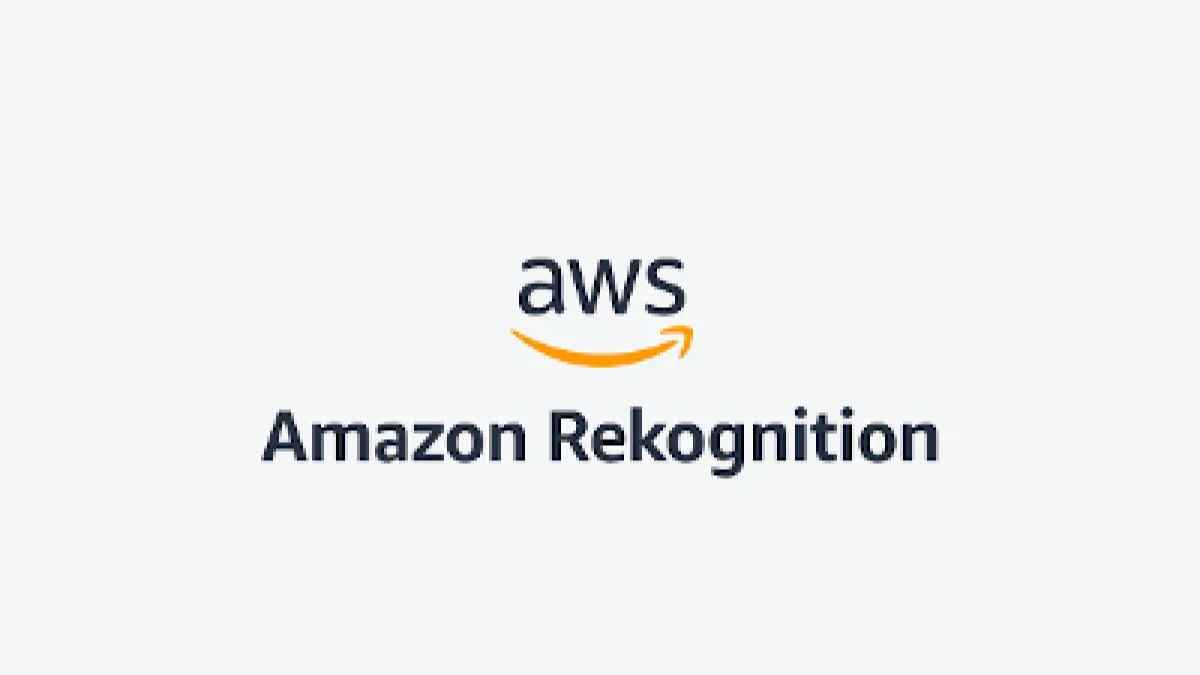
Amazon Rekognition: Complete Buyer's Guide
Enterprise-grade AI image recognition capabilities through AWS
Amazon Rekognition delivers enterprise-grade AI image recognition capabilities through AWS's cloud infrastructure, enabling ecommerce retailers to automate visual content processing, enhance product discovery, and scale inventory management operations with proven reliability.
Market Position & Maturity
Market Standing
Amazon Rekognition holds a dominant position in the cloud-based image recognition market, leveraging AWS's infrastructure leadership and enterprise customer base to maintain competitive advantages in scalability, reliability, and ecosystem integration.
Company Maturity
Market maturity indicators include widespread enterprise adoption, with documented implementations spanning major retailers, marketplaces, and inventory management systems.
Growth Trajectory
The platform benefits from Amazon's massive internal usage across retail operations, providing real-world validation at unprecedented scale[42][44].
Industry Recognition
Industry recognition comes through AWS's broader market leadership in cloud services, with Gartner positioning AWS as a leader in cloud infrastructure and platform services.
Strategic Partnerships
Strategic partnerships with systems integrators and ecommerce platform providers enable rapid deployment across diverse retail environments.
Longevity Assessment
Long-term viability appears strong given AWS's continued investment in AI/ML capabilities and Amazon's strategic commitment to retail technology innovation.
Proof of Capabilities
Customer Evidence
Enterprise Customer Validation demonstrates Rekognition's effectiveness across diverse retail scenarios. Daniel Wellington achieved 15x faster returns processing by automating product identification, significantly enhancing customer experience while reducing operational friction[42]. Artfinder leveraged the platform to match customers with art preferences, reducing manual curation time while scaling personalized recommendations[42].
Quantified Outcomes
Quantified Operational Outcomes show measurable business impact across key use cases. Crop.photo's integration enabled 70% faster image retouching and 75% reduction in manual work, showcasing efficiency gains for visual content production workflows[42]. Amazon Shopping's implementation reduced human review needs by 67% through automated detection of harmful images in product reviews, generating substantial cost savings in content moderation[44].
Market Validation
Market Adoption Evidence includes widespread deployment across AWS customer base, with enterprise customers processing over 3 million images monthly securing 12-18% volume discounts[43].
Competitive Wins
Competitive Displacement occurs in scenarios requiring real-time processing and AWS ecosystem integration, though specialized alternatives like Vue.ai provide superior fashion-specific functionality with 75% reduction in photo shoot costs through industry-focused capabilities[50].
AI Technology
Amazon Rekognition's technical foundation centers on deep learning models trained on millions of images that deliver real-time object detection, facial analysis, and visual search capabilities through AWS's global cloud infrastructure.
Architecture
The platform's serverless architecture integrates seamlessly with AWS Lambda, S3, and API Gateway, enabling retailers to process image recognition workloads on-demand while maintaining cost efficiency through pay-per-use pricing models[40][42].
Primary Competitors
Primary Competitors include Google Cloud Vision API, which shows 95% accuracy versus Rekognition's 92%[49][55] and superior multilingual taxonomy support[49], Azure Custom Vision for low-code implementations, and specialized solutions like Vue.ai for fashion-specific applications offering 75% reduction in photo shoot costs[50].
Competitive Advantages
Competitive Advantages center on real-time processing capabilities where Rekognition outperforms Azure Custom Vision in video analysis scenarios[50], seamless AWS ecosystem integration eliminating multi-vendor coordination challenges[40][42], and serverless architecture reducing infrastructure overhead compared to on-premise alternatives[40][47].
Market Positioning
Market Positioning Strengths include proven enterprise scalability with customers processing millions of images daily, documented deployment timelines of 6-10 weeks for API-based implementations[42][52], and comprehensive AWS support infrastructure providing 24-hour technical issue resolution[44].
Win/Loss Scenarios
Win Scenarios occur when AWS ecosystem integration provides significant architectural advantages, real-time processing requirements outweigh customization needs, rapid deployment timeline is critical for business objectives, and serverless architecture aligns with operational preferences. Loss Scenarios emerge when multilingual support is essential for global operations, fashion-specific functionality would provide superior ROI, custom model training requirements exceed Rekognition's capabilities, or pricing transparency is critical for budget planning.
Key Features

Pros & Cons
Use Cases
Integrations
Featured In Articles
Comprehensive analysis of Image Recognition for Ecommerce for Ecommerce businesses and online retailers. Expert evaluation of features, pricing, and implementation.
How We Researched This Guide
About This Guide: This comprehensive analysis is based on extensive competitive intelligence and real-world implementation data from leading AI vendors. StayModern updates this guide quarterly to reflect market developments and vendor performance changes.
55+ verified sources per analysis including official documentation, customer reviews, analyst reports, and industry publications.
- • Vendor documentation & whitepapers
- • Customer testimonials & case studies
- • Third-party analyst assessments
- • Industry benchmarking reports
Standardized assessment framework across 8 key dimensions for objective comparison.
- • Technology capabilities & architecture
- • Market position & customer evidence
- • Implementation experience & support
- • Pricing value & competitive position
Research is refreshed every 90 days to capture market changes and new vendor capabilities.
- • New product releases & features
- • Market positioning changes
- • Customer feedback integration
- • Competitive landscape shifts
Every claim is source-linked with direct citations to original materials for verification.
- • Clickable citation links
- • Original source attribution
- • Date stamps for currency
- • Quality score validation
Analysis follows systematic research protocols with consistent evaluation frameworks.
- • Standardized assessment criteria
- • Multi-source verification process
- • Consistent evaluation methodology
- • Quality assurance protocols
Buyer-focused analysis with transparent methodology and factual accuracy commitment.
- • Objective comparative analysis
- • Transparent research methodology
- • Factual accuracy commitment
- • Continuous quality improvement
Quality Commitment: If you find any inaccuracies in our analysis on this page, please contact us at research@staymodern.ai. We're committed to maintaining the highest standards of research integrity and will investigate and correct any issues promptly.